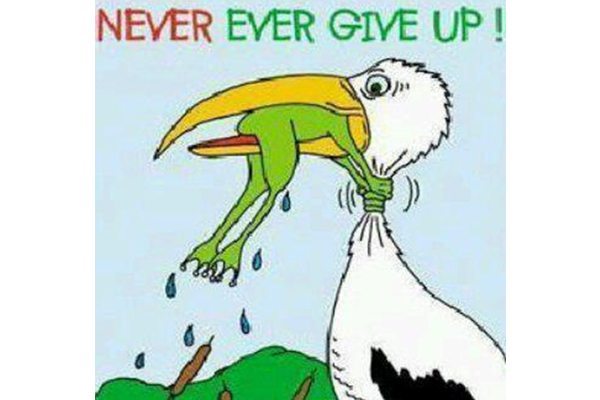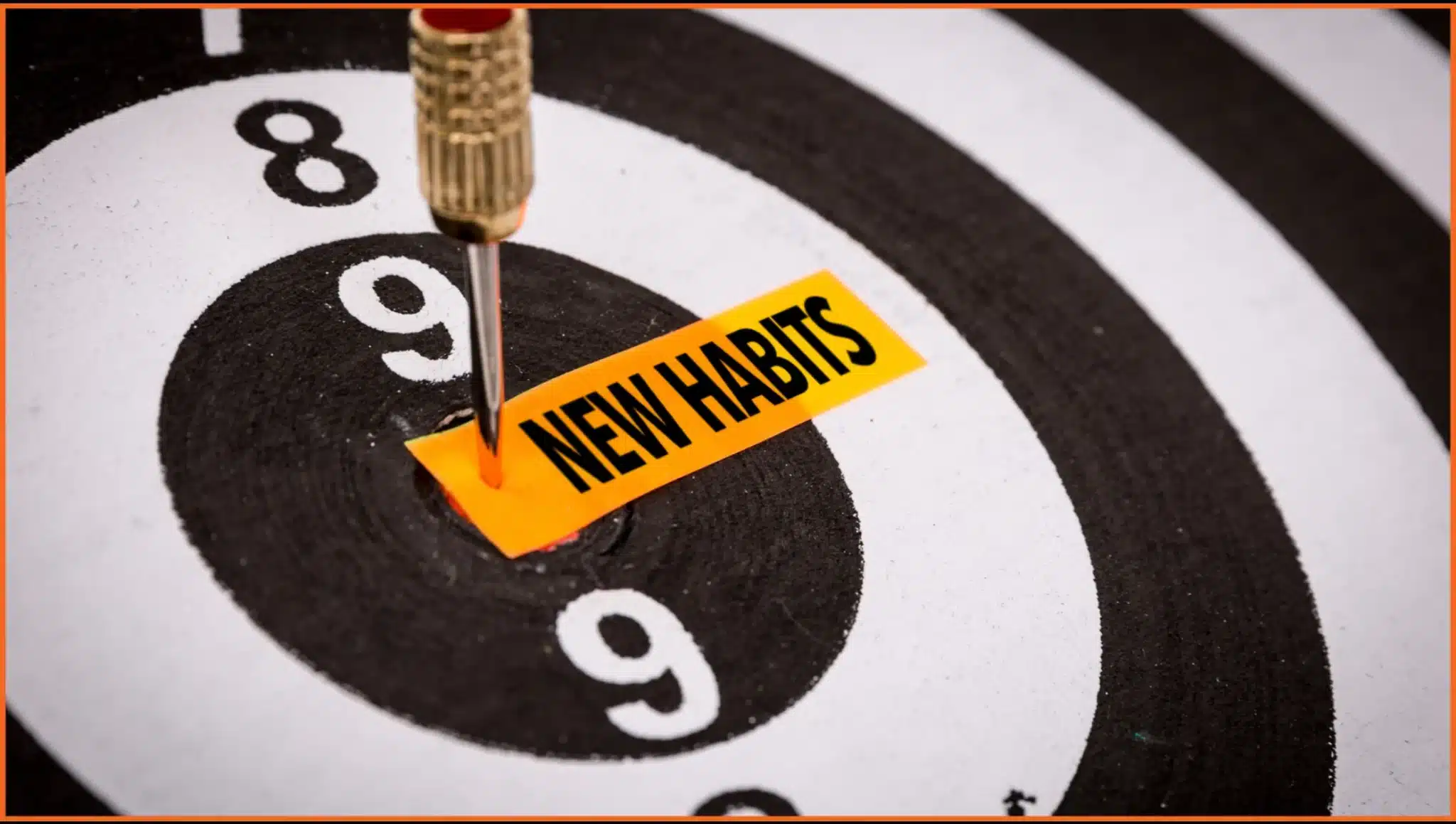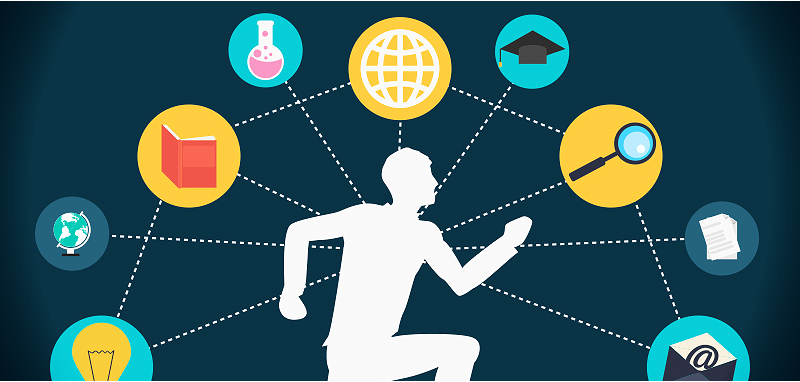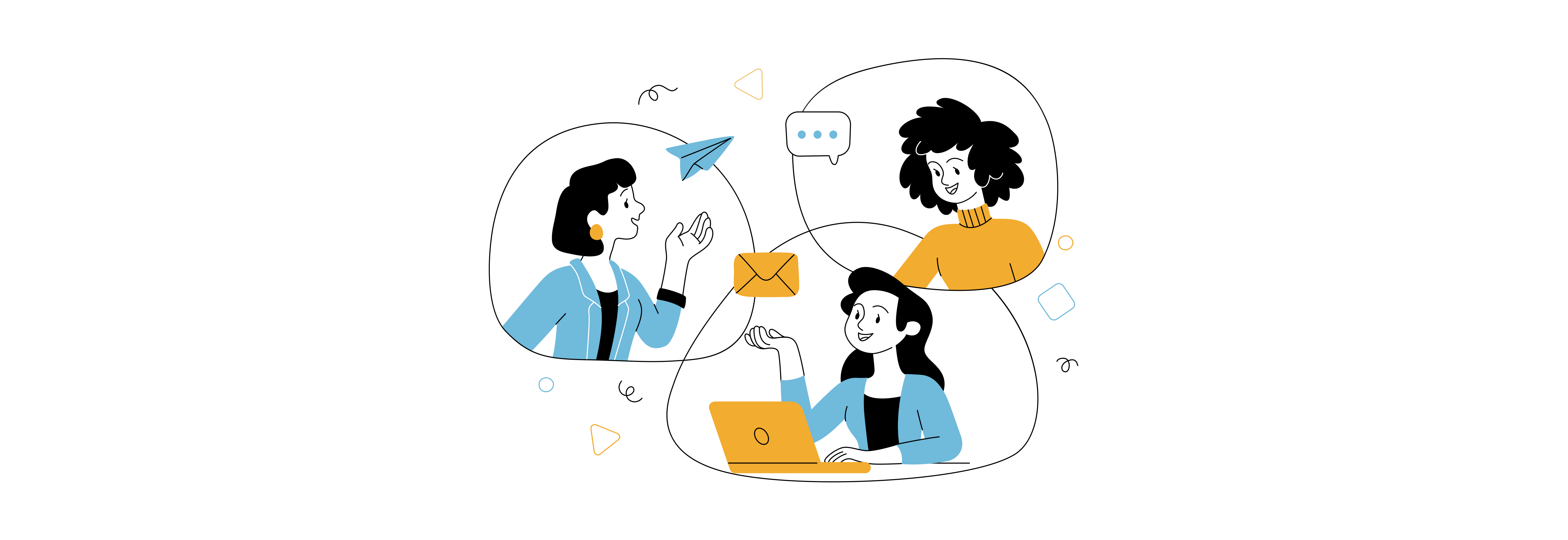In today’s volatile, uncertain, complex, and ambiguous (VUCA) world, resilience isn’t just a personal trait – it’s a professional imperative. At FocusU, we’ve worked with thousands of professionals across industries, and one insight keeps surfacing: the most successful individuals and teams aren’t the ones who never fall: they’re the ones who know how to rise, time and again.
Redefining Resilience: It’s Not About Toughing It Out
Table of Contents
There’s a common misconception that resilience is about gritting your teeth and pushing through. In our experience, true resilience is about adaptability, mindset, and recovery. It’s about shifting from “bouncing back” to “bouncing forward” – learning and evolving through adversity.
In our learning interventions, especially in high-pressure environments, we’ve seen how resilience training enables:
- Better emotional regulation
- Healthier stress responses
- Faster recovery from setbacks
- Increased risk-taking and innovation
The Story of Julio Iglesias: A Lesson in Possibility
One of the most powerful stories we’ve come across is that of Julio Iglesias, shared in Prakash Iyer’s Secrets of Leadership.
Julio was a young, passionate goalkeeper, signed by Real Madrid at the age of 20 – until a tragic car accident left him paralyzed from the waist down. His dream of playing football died that day. But Julio didn’t.
During his recovery, a nurse handed him a guitar. What followed was a reinvention. Julio wrote, sang, and eventually became one of the world’s most successful musicians. His story is a powerful reminder that resilience often leads us to lives we never imagined, but were meant for.
Related Reading: Book Review : The Secret of Leadership by Prakash Iyer
Resilience at Work: What We’ve Observed
In our workshops, we often run simulations that challenge participants to confront uncertainty, risk, and failure. Time and again, we see how:
- People build mental barriers even before trying
- They underestimate their ability to adapt
- Many avoid discomfort in fear of failure
But when these same individuals are gently nudged beyond those imaginary limits, the breakthroughs are real. The joy, the confidence, the sense of “I did it” – it’s transformational.
Why Resilience Is a Core Leadership Competency
Resilience isn’t just for individuals. It’s a foundational skill for modern leadership. From our leadership journeys, we’ve seen that resilient leaders:
- Stay calm during crises
- Lead by example in uncertain times
- Empower others to navigate ambiguity
- Make decisions with clarity and courage
In fact, resilience is closely tied to emotional intelligence, adaptability, and innovation – all of which are critical to leadership today.
Related Reading: Being Irrelevant: A Leadership Quality
The Science of Resilience
Psychologists define resilience as the process of adapting well in the face of adversity, trauma, tragedy, or significant stress.
Studies have shown that resilience can be learned. Key elements include:
- Self-awareness: Recognizing one’s emotions and triggers
- Self-regulation: Managing stress and reframing challenges
- Connection: Having strong relationships and social support
- Purpose: Finding meaning, even in difficulty
These are the very skills we focus on in our personal effectiveness programs.
Related Reading: Interpersonal Effectiveness – What divides us pales us in comparison to what unites us
How Organizations Can Build Resilient Teams
From an L&D lens, resilience isn’t a soft skill: it’s a strategic capability. Here are five ways organizations can build it:
- Normalize failure: Create safe spaces for learning from mistakes.
- Train for adaptability: Use simulations, role-plays, and change scenarios.
- Encourage vulnerability: Let leaders model openness and reflection.
- Invest in well-being: Physical and mental health fuel resilience.
- Celebrate small wins: Reinforce progress and persistence.
We’ve partnered with clients to design resilience-building journeys that include storytelling, mindfulness, journaling, and peer coaching. The results? Teams that are calmer under pressure, quicker to adapt, and more connected.
Related Reading: How to Never Stop Learning and Growing
Personal Reflection: A Note to the Reader
In our lives and careers, we all face closed doors. But resilience is what helps us notice the windows.
It’s what helps a professional, passed over for promotion, turn inward and level up. It’s what helps a team rebound after a failed launch and build something better. It’s what helped a young footballer become a global music icon.
In the words of Farhan Akhtar:
“Jo apni aankhon mein hairaniyan leke chal rahe ho, toh zinda ho tum.
Dilon mein tum apni betabiyan leke chal rahe ho, toh zinda ho tum.”
You are alive. You are learning. You are growing.
Related Reading: How to Bounce Back from A Bad Experience?
Final Takeaway for L&D, HR, and Business Leaders
If you’re serious about building a future-ready workforce, start with resilience. It’s the foundation on which agility, innovation, and leadership stand.
And it doesn’t require sweeping programs. Start small:
- Share stories of struggle and success
- Create space for emotional check-ins
- Embed resilience-building tools into your learning ecosystem
At FocusU, we believe resilience isn’t about avoiding the fall. It’s about how we rise.
Let’s build organizations that don’t just bounce back – but bounce forward.










